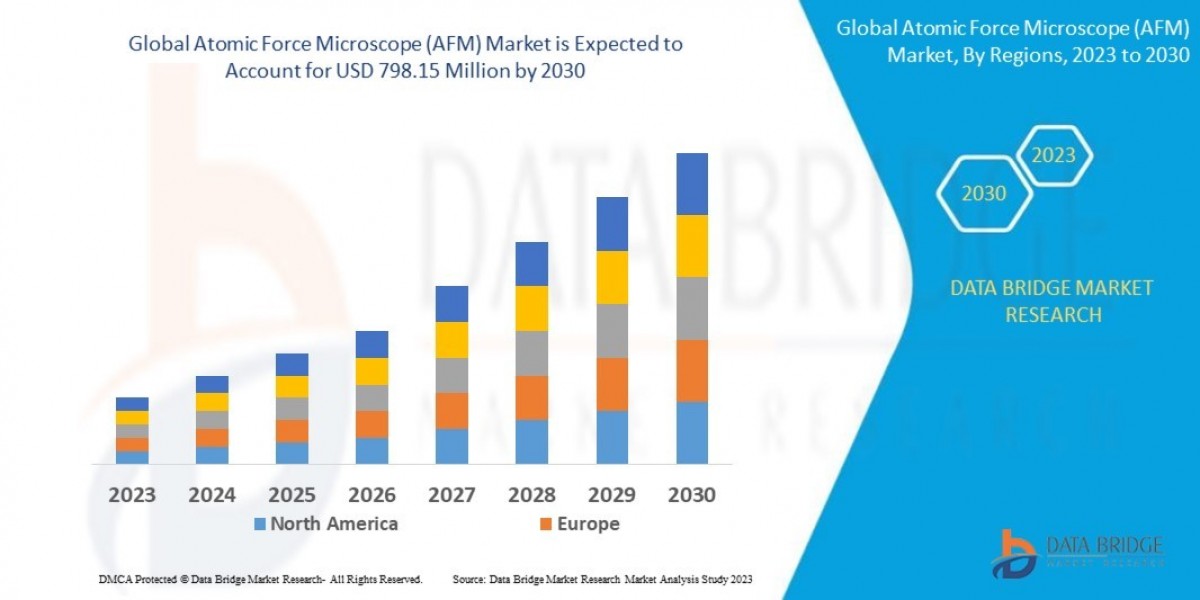The Asia-Pacific Robotics Market is at the forefront of global automation, rapidly evolving due to advancements in artificial intelligence (AI), industrial automation, and government-led initiatives promoting smart manufacturing. With countries like China, Japan, South Korea, and India leading innovation, robotics has become a cornerstone technology across multiple industries, including manufacturing, healthcare, logistics, and agriculture.
As the region experiences rising labor costs, supply chain complexities, and competitive pressures, businesses are turning to robotics to increase productivity, reduce errors, and maintain global competitiveness.
Market Overview
The Asia-Pacific Robotics Market is the largest and fastest-growing robotics market globally. It encompasses a wide range of robots—from industrial and collaborative robots (cobots) to service and medical robots—all playing a critical role in transforming operations and lifestyles.
The market is driven by rapid adoption in:
Automotive and electronics manufacturing
E-commerce and warehouse automation
Smart city and infrastructure development
Healthcare (surgical, rehabilitation, and service robots)
Agriculture (precision farming and autonomous harvesting)
Key Drivers
Industry 4.0 and Smart Manufacturing Initiatives
Governments across Asia-Pacific—especially in China (Made in China 2025), Japan (Society 5.0), and South Korea—are aggressively promoting automation as a national priority.Labor Shortages and Rising Wages
Aging populations in countries like Japan and South Korea, along with rising labor costs in Southeast Asia, are accelerating demand for automated solutions.Technological Advancements
Breakthroughs in AI, machine learning, computer vision, and sensor technologies are enhancing robot intelligence and autonomy.Booming E-commerce and Logistics Sector
The surge in online retail is driving robotic adoption in last-mile delivery, order picking, sorting, and automated fulfillment centers.COVID-19 and Contactless Operations
The pandemic highlighted the importance of automation in maintaining operations with minimal human intervention, especially in healthcare and essential services.
Regional Insights
China: The largest robotics market in Asia-Pacific, investing heavily in domestic robot production and AI integration.
Japan: Global leader in robotics innovation and manufacturing, especially in humanoid and medical robots.
South Korea: Known for its dense industrial robot deployment in automotive and electronics sectors.
India: Emerging market with growing investment in robotics for agriculture, manufacturing, and public services.
Southeast Asia: Thailand, Vietnam, and Malaysia are rapidly adopting robotics to boost industrial competitiveness.
Challenges
High Capital Investment: Advanced robotics systems require significant upfront costs, especially for SMEs.
Workforce Reskilling: The shift toward automation necessitates training workers to manage, maintain, and collaborate with robots.
Integration with Legacy Systems: Older infrastructure can make deploying new robotics solutions complex and costly.
Cybersecurity Risks: Increasing connectivity of robots to the cloud and industrial networks creates potential vulnerabilities.
Key Market Players
Major companies leading the Asia-Pacific Robotics Market include:
Fanuc Corporation (Japan)
Yaskawa Electric Corporation (Japan)
ABB Ltd. (Switzerland/Asia operations)
KUKA AG (China/Midea Group)
Universal Robots (Asia-Pacific division)
Kawasaki Robotics (Japan)
Epson Robotics (Japan)
DJI (China) – Consumer and drone robotics
These firms are investing in collaborative robots, AI-integrated robots, and mobile robotic platforms tailored to the region’s unique industrial demands.
Future Outlook
The Asia-Pacific Robotics Market is projected to grow at a double-digit CAGR through 2030, driven by:
Expanding industrial automation across traditional and emerging sectors
Rising investment in R&D for AI-powered robotics
Government incentives and policy reforms
Demand for contactless services and precision operations
As the region continues to digitize its economy, robotics will play a critical role in shaping smarter, safer, and more efficient systems—from assembly lines and surgical theaters to warehouses and city streets.
read more
| US 3D LiDAR Sensor Market |
| China Action Camera Market |
| Germany Action Camera Market |
| India Action Camera Market |








